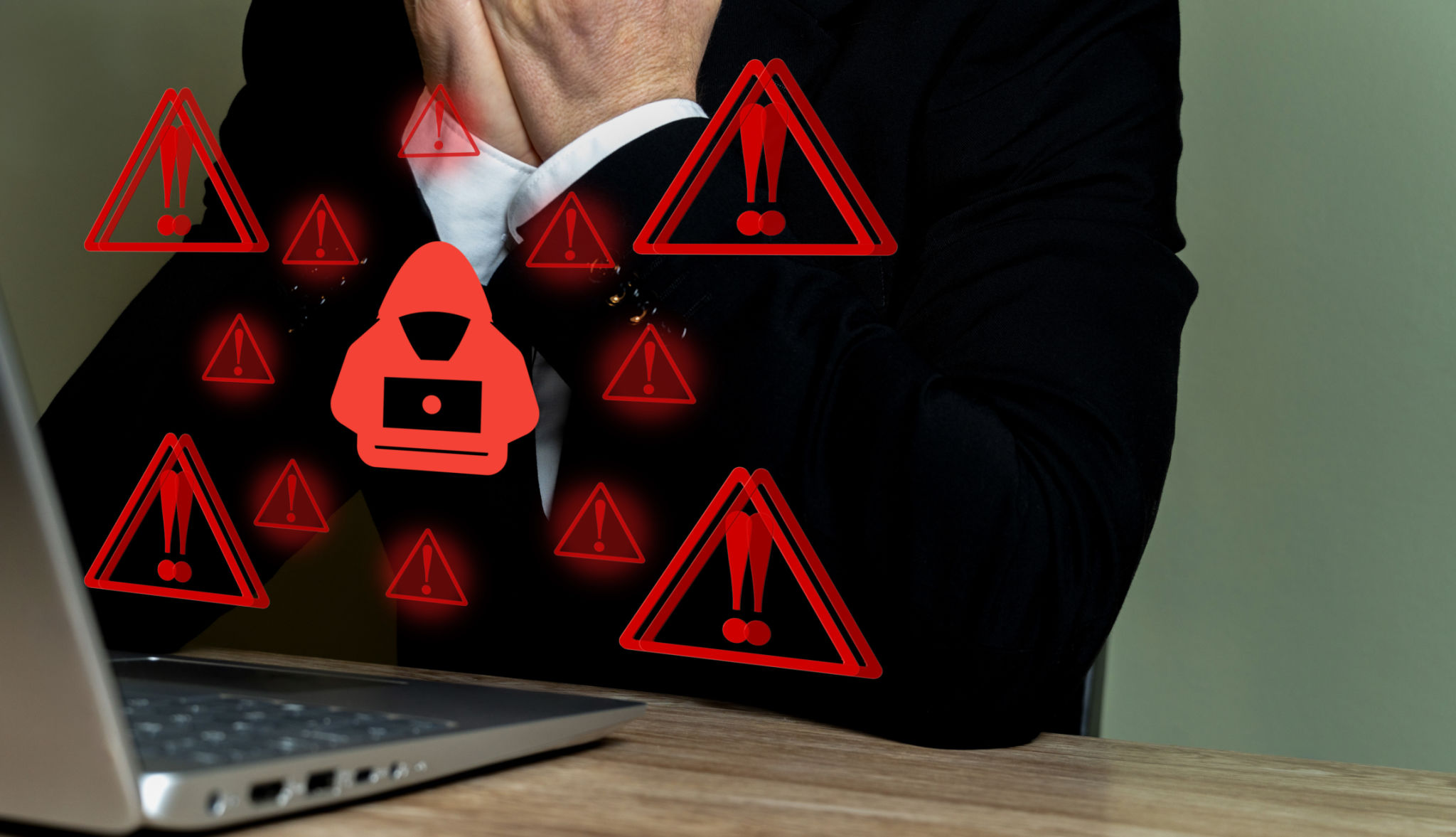HIPAA Compliance Made Simple: Actionable Steps for Small Businesses
In today’s digital age, maintaining the privacy and security of health information is more crucial than ever, especially for small businesses navigating the complexities of HIPAA compliance. The Health Insurance Portability and Accountability Act (HIPAA) sets the standard for protecting sensitive patient data. However, many small businesses struggle with understanding and implementing these regulations. This guide aims to simplify the process with actionable steps.
Understand the Basics of HIPAA
Before diving into compliance strategies, it's vital to understand what HIPAA entails. HIPAA is designed to protect patient information that is created, received, used, or maintained by a covered entity. Covered entities include healthcare providers, health plans, and healthcare clearinghouses. If your business handles Protected Health Information (PHI), you must comply with HIPAA regulations.

Conduct a Risk Assessment
The first step towards HIPAA compliance is conducting a thorough risk assessment. This involves identifying where PHI is stored, who accesses it, and potential vulnerabilities in how it is handled. A comprehensive risk assessment will help you pinpoint areas needing improvement and develop strategies to mitigate risks.
Small businesses should focus on evaluating their current security measures and ensuring they meet HIPAA standards. This includes assessing technical safeguards like encryption and access controls as well as physical safeguards such as facility security.
Develop Policies and Procedures
Once you've completed a risk assessment, the next step is to develop clear policies and procedures tailored to your business needs. These should address how your organization handles PHI, including data access, storage, sharing, and disposal. Ensure these policies comply with HIPAA's Privacy Rule and Security Rule.

Regularly review and update your policies to reflect changes in your business operations or regulatory requirements. Training employees on these procedures is also crucial to maintaining compliance.
Implement Technical Safeguards
Technical safeguards are essential in protecting electronic Protected Health Information (ePHI). This includes using secure passwords, encryption technology, and regular software updates to prevent unauthorized access or breaches.
- Encryption: Encrypt ePHI both in transit and at rest to secure data from unauthorized access.
- Access Controls: Implement role-based access control to ensure that only authorized personnel can access sensitive information.
- Audit Controls: Use audit trails to monitor access and modifications to ePHI.

Train Your Staff
Employee training is a critical component of HIPAA compliance. All staff members should understand HIPAA regulations and their role in maintaining compliance. Regular training sessions can help employees stay informed about the latest security practices and company policies.
Consider incorporating real-world scenarios in your training programs to better prepare your team for potential challenges they might face in handling PHI.
Monitor Compliance Continuously
HIPAA compliance is an ongoing process that requires continuous monitoring and improvement. Regular audits and assessments can help identify any gaps in your compliance efforts. Use these insights to refine your policies and procedures, ensuring they remain effective against emerging threats.
Additionally, staying updated with changes in regulations and industry best practices will keep your business compliant and protect it from potential penalties.

In conclusion, while achieving HIPAA compliance can seem daunting for small businesses, breaking it down into manageable steps makes the process more approachable. By understanding the regulations, conducting risk assessments, developing robust policies, implementing technical safeguards, training staff, and continuously monitoring compliance, small businesses can successfully navigate the complexities of HIPAA.
